Most Popular
Start Routing Notifications Today!
Courier is a notification service that centralizes all of your templates and messaging channels in one place which increases visibility and reduces engineering time.
Sign-up
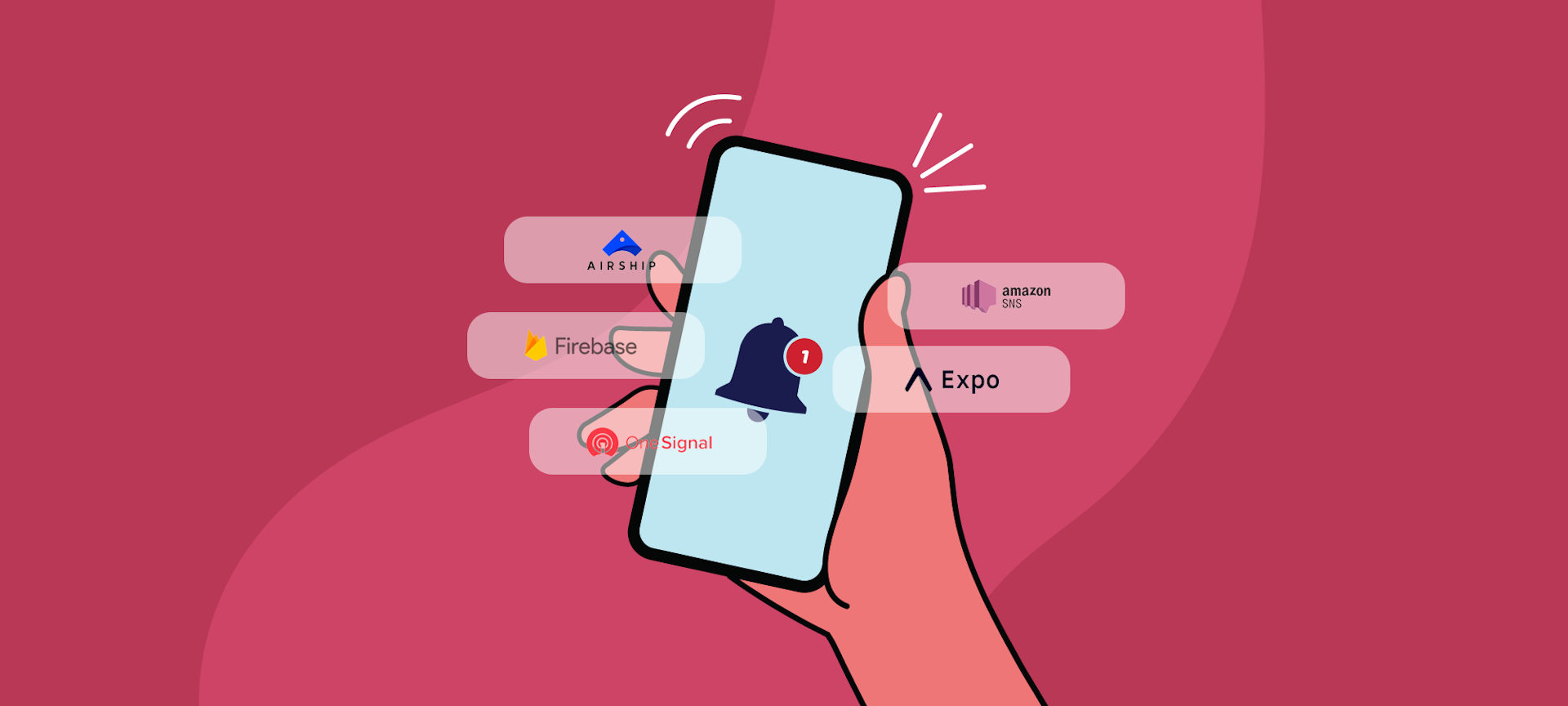
Top 6 Push Notification Services for Developers in 2021
Best Push Notification Services
Most people who interact regularly with smartphones and tablets are familiar with what a push notification is. They want their calendar application to post an alert to their mobile or desktop interface, for example, whether or not they have the app open or their screen locked. If they want to change when, how, or if they receive notifications at all, they simply adjust those in the application settings.
For app developers, push notifications are a great way to keep users engaged with a product. Used properly, they can significantly increase your click-through rate, as compared to an email blast.
Of course, never-ending alerts can get annoying. You don’t want to intrude so much that a user would uninstall your app. It’s crucial that you offer your users flexibility, giving them several options for managing notifications beyond just turning them on or off. Push notification services can integrate with your application for convenient and efficient management of these alerts and the data that comes with them.
Push notifications have been widely used for more than ten years, so there’s no shortage of such services on the market. To make choosing one less of a challenge, I’ll review the six most popular services and walk you through their main features.
To properly compare the services, I weigh them against the following set of factors:
- API Documentation/SDK: how easily the service integrates, how accurate the documentation is, and whether the service support all mobile languages
- Features: what the main service features are, and whether it has common features for APIs
- Price: what the cheapest plan is, what exactly it covers, and how the pricing scales
1. Airship
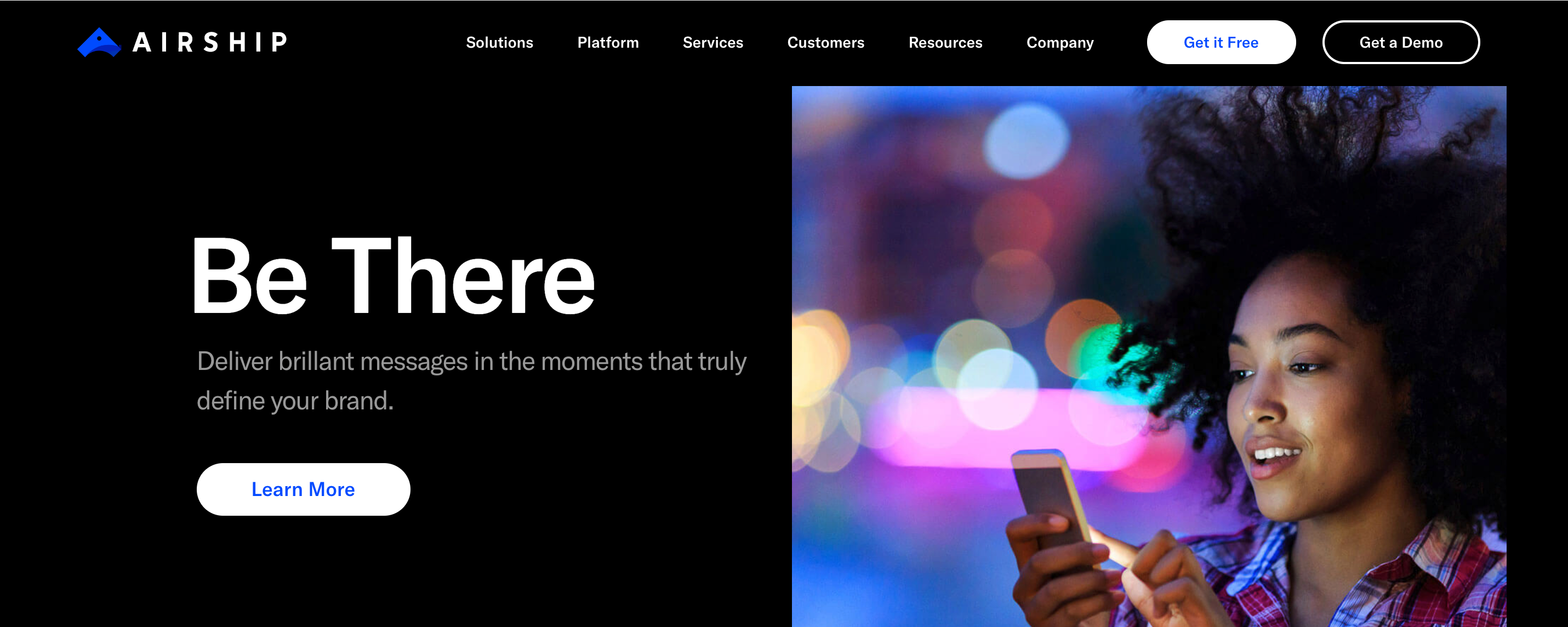
Airship, formerly Urban Airship, is one of the oldest and most reliable services, founded in 2009 at the very beginning of the push notification era. It offers more than just push notification services; it’s an all-in-one tool, a platform that combines products for customer engagement, lifecycle marketing, and data solutions. It also allows for a high level of personalization for push notifications.
Airship partners with all sorts of companies, but it might be more beneficial for large companies (think AstraZeneca, BBC, or Zillow) because of its emphasis on reliably delivering billions of push notifications in real-time and coordinating huge marketing campaigns.
Airship documentation is very comprehensive and detailed, with support for Android and iOS, Windows, and web platforms. Multiple SDKs and REST API endpoints make for easy integration with your app.
Pricing: You can start with a free account or even download a demo app to send yourself a push notification to give Airship a try. Airship lets you have up to 1,000 before you have to subscribe to a custom plan, however, the free service covers only basic features: push notifications, web notifications, and in-app messages. For anything more advanced, you’ll need to pay for the service.
2. Expo
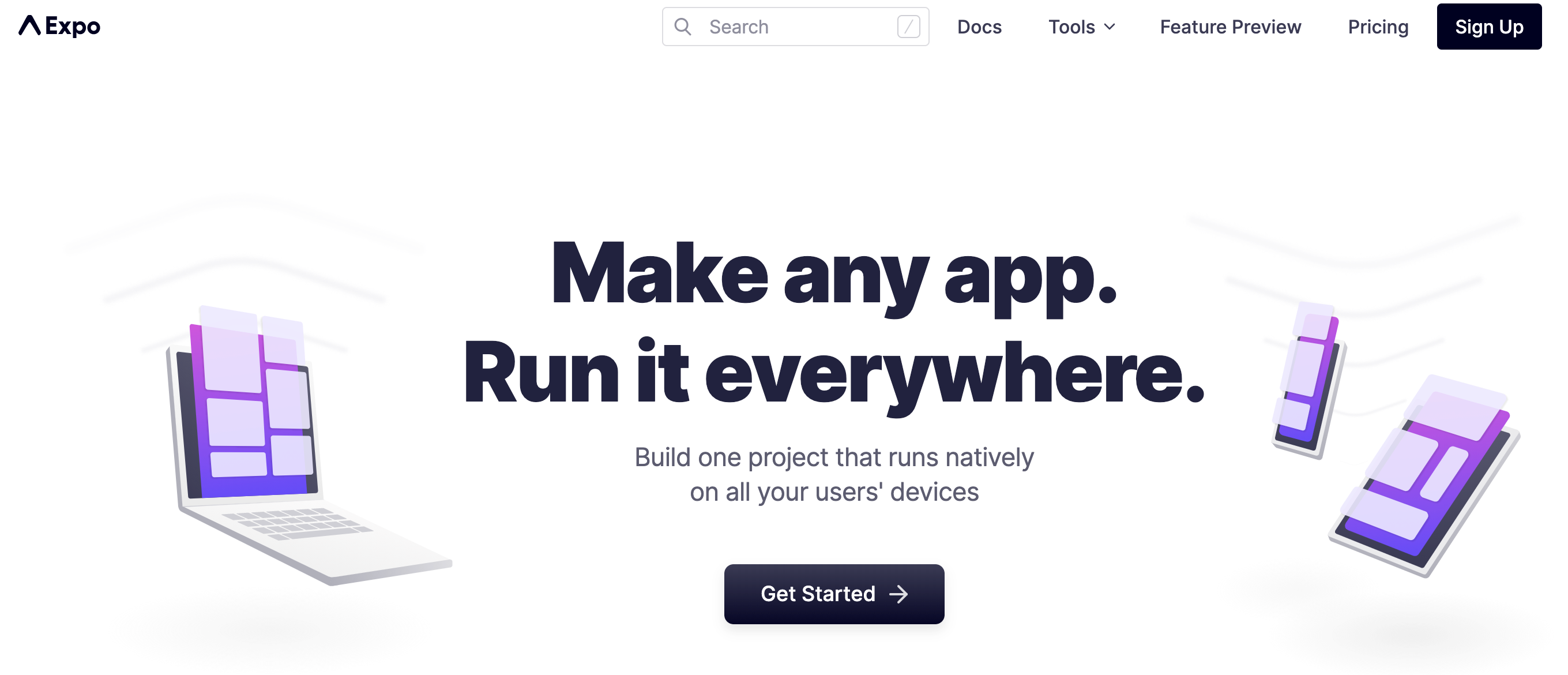
Expo is a framework and platform for React Native-based applications. It allows you to build and deploy apps for web, iOS, and Android with the same codebase. In general, Expo is well-known for being easy to set up, and you can say the same about its push notification service—it’s very intuitive. You probably don’t even need to get through all the documentation.
However, Expo’s documentation is clear and to-the-point. You can easily learn as you go, and like most of these services, it offers multiple server SDKs and a RESTful API to integrate with any type of backend. Expo’s push notification tool can help you test sending push notifications to your Expo project. No need to struggle with the backend, which is great for building prototypes.
For React Native-based apps, Expo makes the implementation of push notifications easier and more intuitive than a direct connection to Apple Push Notification service or Firebase Cloud Messaging, allowing you to treat iOS and Android notifications the same in your backend.
The only disadvantage is the Expo push notification service works only if you build your whole app in Expo, implementing React Native. Still, this framework is widely used.
Pricing: Expo is free, which is one reason why it’s so popular among React Native developers. It also offers a priority plan for $29 a month, which includes priority client service experience and extra support from the Expo team. It might be handy for larger enterprises.
3. Firebase FCM
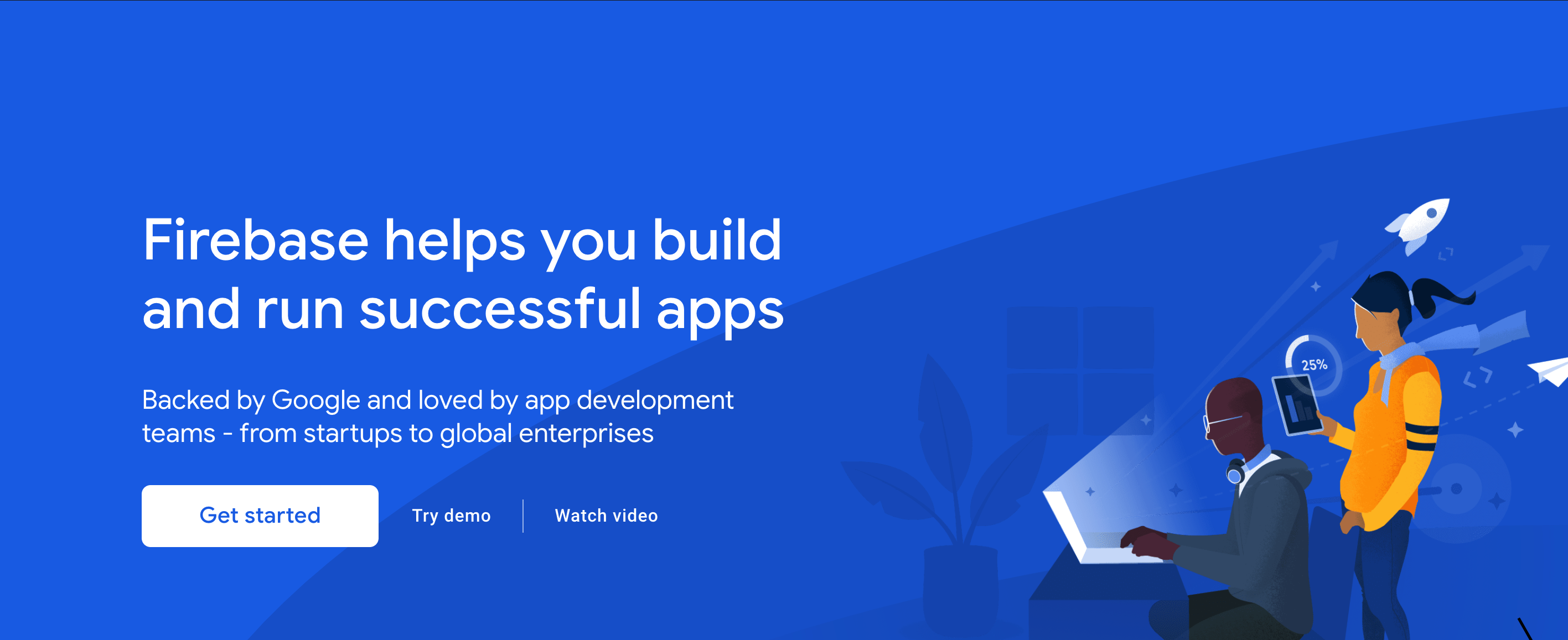
Firebase Cloud Messaging (FCM), formerly known as Google Cloud Messaging (GCM), is a cross-platform push notification service for Android, iOS, and web applications. It is one of many tools under the Firebase platform umbrella, allowing you to combine various products for web and mobile production.
Since it’s a Google product, it’s perhaps expected that FCM is reliable and easy to start with. The documentation includes video tutorials which make the setup even faster. FCM comes with ready-to-go authentication SDKs, so you have everything you need to build your entire flow. And of course, you can easily integrate with Google marketing platforms, such as Google Ads.
Still, while you can have confidence in Google being behind the service, FCM doesn’t have a lot of extra features and functionality.
Pricing: FCM is free. The only limitations you’ll encounter are database and storage size. If that’s an issue, you can try a customized pay-as-you-go plan for the Firebase platform.
4. OneSignal
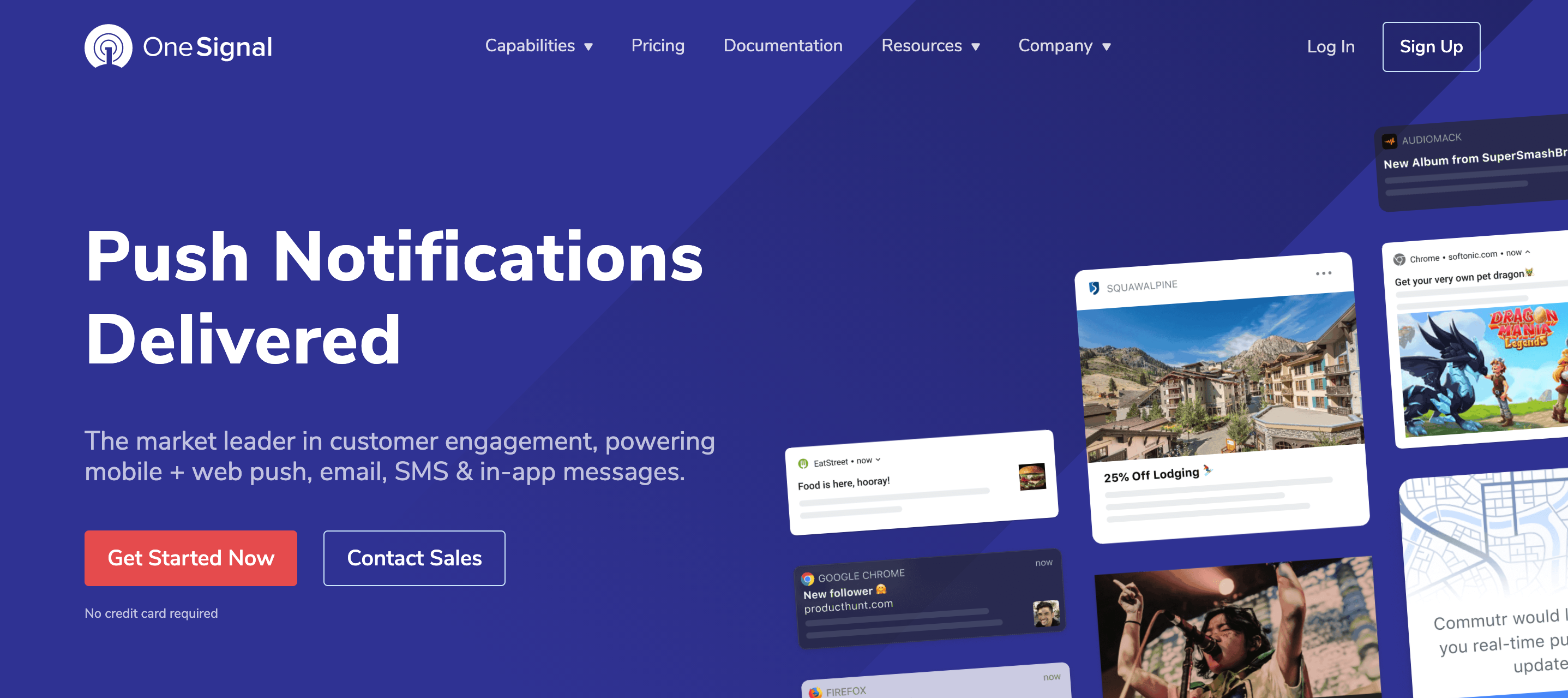
Unlike many others—Expo and FCM, for example—OneSignal is not a framework or a multi-product platform. Still, it’s one of the leading push notification service companies. Founded in 2014, OneSignal powers all sorts of customer engagement tools: mobile (both iOS and Android) and web, emails, SMS, and in-app messages.
OneSignal documentation goes in-depth and covers all the issues you might have during setup and integration with third parties. SDK is very user-friendly; it’s easy to implement and has an API that enables simple integration with platforms and services. Powerful analytics tools allow you to track push notification performance.
OneSignal provides an unlimited number of API calls and high-volume usage and doesn’t charge for this additionally, as some companies do. The quality of its customer service is highly acknowledged in the developer community, as well.
Pricing: OneSignal offers a robust free plan with core functionality that covers all needs of a small startup. Other plans include Growth (from $9/month), Professional (from $99/month), and Enterprise (custom).
5. Amazon SNS
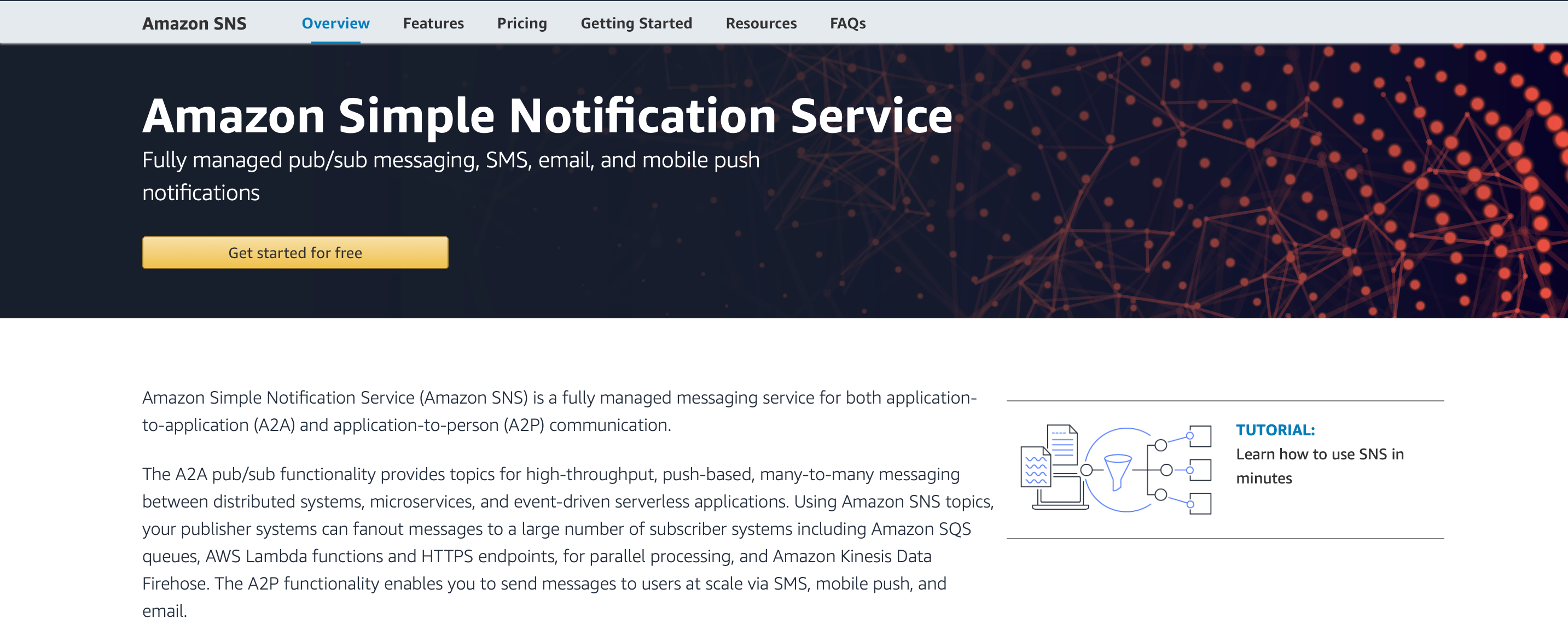
Amazon Simple Notification Service (SNS) is one of the first push notification services ever created, founded in 2010. Amazon SNS works for both application-to-application and application-to-person communication and allows sending push notifications to several platforms, such as Android, iOS, and Windows. It is compatible with Amazon Web Services (AWS), which means it’s compatible with other Amazon products.
Compared with other options in this list, Amazon SNS documentation might look rather overwhelming. There’s good reason for this: Amazon SNS is a powerful tool, but it needs more configuration than other services. However, that means it can be adjusted to fit most workflows.
Another potential drawback is that there is no admin interface, so it’s challenging to send non-system-generated messages. However, Amazon SNS provides a simple API that ensures easy integration with applications. It also has several SDKs that enable you to access Amazon SNS from your preferred programming language.
Pricing: Amazon SNS has flexible pricing: you pay only for what you use. There are no long-term contracts and commitments. For example, the first one million Amazon SNS requests per month are free; after that, you’ll pay $0.50 per million requests.
6. Catapush
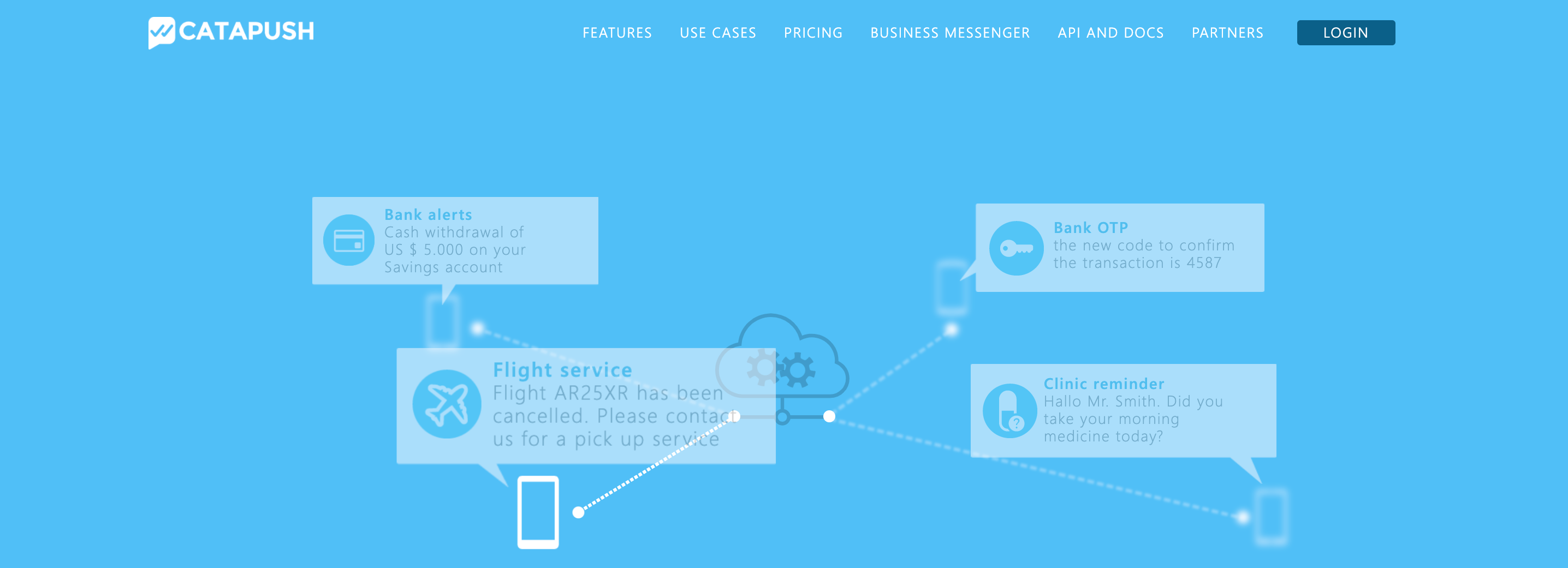
Catapush is a mobile messaging platform (push and in-app) designed simply to help businesses send push notifications to clients. It’s just one tool, not a multi-task platform, but it works great for its purpose: sending data-driven notifications. It allows you to see real-time delivery status updates and confirmations, and it supports Android and iOS. For additional platforms, you’ll need Catapush team assistance.
Catapush has very consistent documentation, coherently covering three main topics: Catapush architecture and operating modes, how to integrate Catapush mobile libraries/SDKs with your app for Android and iOS, and how to call the Catapush Rest API.
The most unique aspect of Catapush is its two-way communication feature. It allows you to receive replies from users to push messages or interact with your customers via a private chat. It’s a great way to communicate with the clients in real-time and receive feedback from users.
Pricing: Catapush offers twelve months of a free trial with unlimited push notifications and 100 monthly unique active recipients. Two other plans are Pro and Enterprise; Pro costs € 0,02 per monthly unique active recipients per month, and Enterprise is fully customizable.
Conclusion
Clearly, there are lots of reliable push notification services on the market. Choosing the service that works for you might be challenging. Making your decision will come down to understanding what functionalities you need to make your app a successful one, your team’s time and talent resources for handling the service, and of course, company budget.
If you’re looking for an easy way to integrate with a push notification service, Courier can help. Courier comes with a RESTful API that allows you to send push notifications via a single API request to one or more communication channels. Drag and drop content without writing any lines of code, create reusable content for any channel, get insights on user engagement across the platform, and get ready to connect with your users efficiently and smoothly.
Start Routing Notifications Today!
Courier is a notification service that centralizes all of your templates and messaging channels in one place which increases visibility and reduces engineering time.
Sign-up
More from Engineering
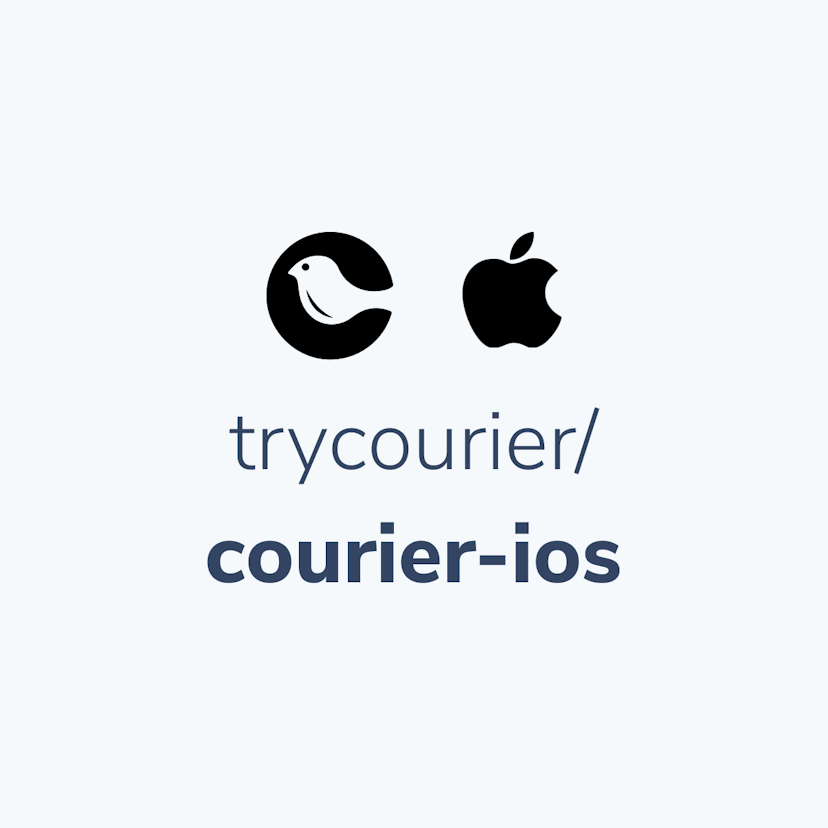
Simplifying notifications with the Courier iOS SDK
Push notifications are a valuable tool for keeping users informed and increasing their engagement with your app. You can use push notifications to alert users about promotions, new content, or any other important updates. While push notifications are a powerful tool, setting up push notifications in iOS can be a daunting task that requires a significant amount of effort and time. Fortunately, the Courier iOS Mobile Notifications Software Development Kit (SDK) simplifies this process.
Mike Miller
March 23, 2023
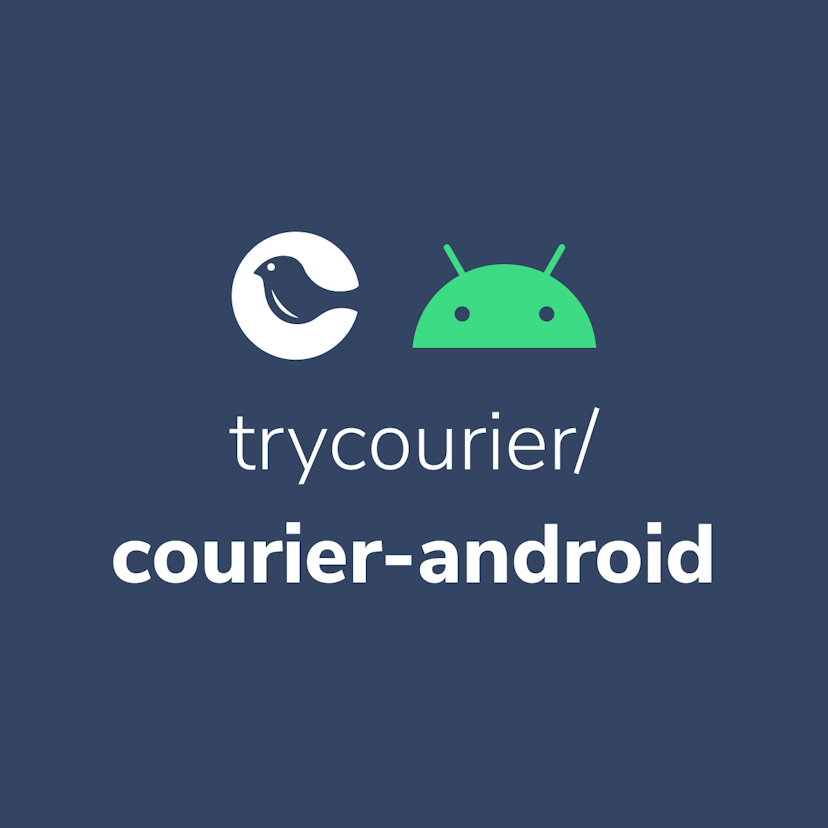
Building Android push notifications with Firebase and Courier’s SDK
Push notifications have become an essential part of modern mobile apps, allowing you to keep your users engaged and informed. However, implementing push for different platforms can be a complex and time-consuming task, requiring developers to set up and handle token management, testing, and other logistical details.
Mike Miller
March 21, 2023
Free Tools
Comparison Guides
Build your first notification in minutes
Send up to 10,000 notifications every month, for free.
Get started for free

Build your first notification in minutes
Send up to 10,000 notifications every month, for free.
Get started for free

© 2024 Courier. All rights reserved.